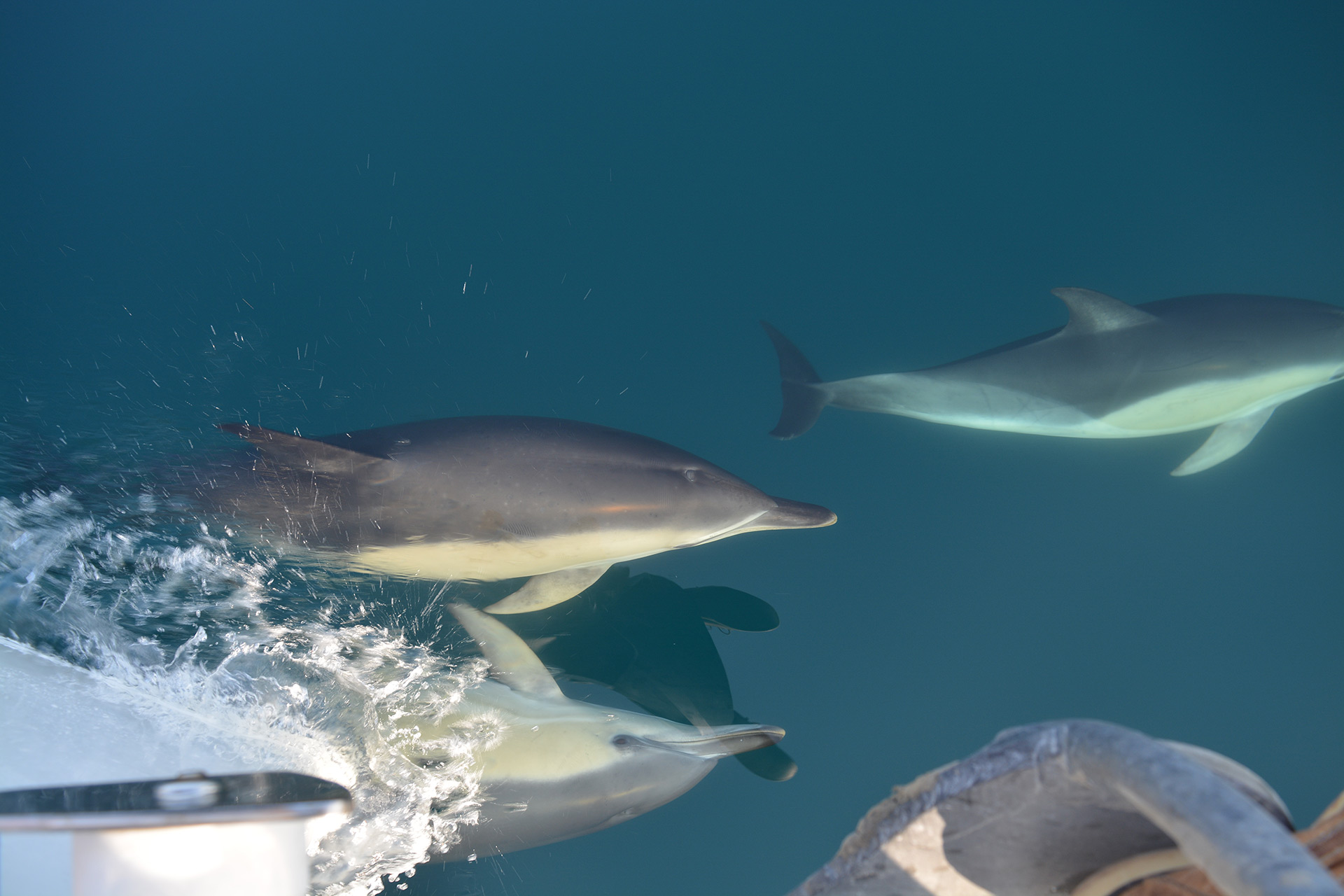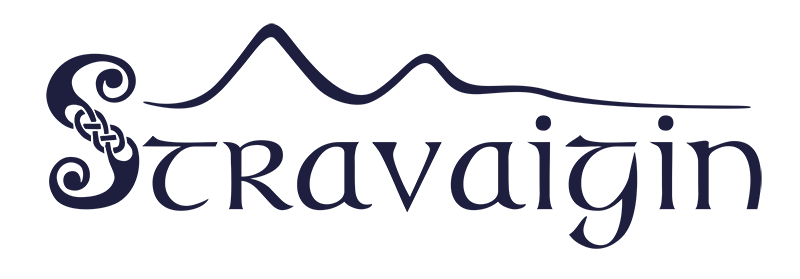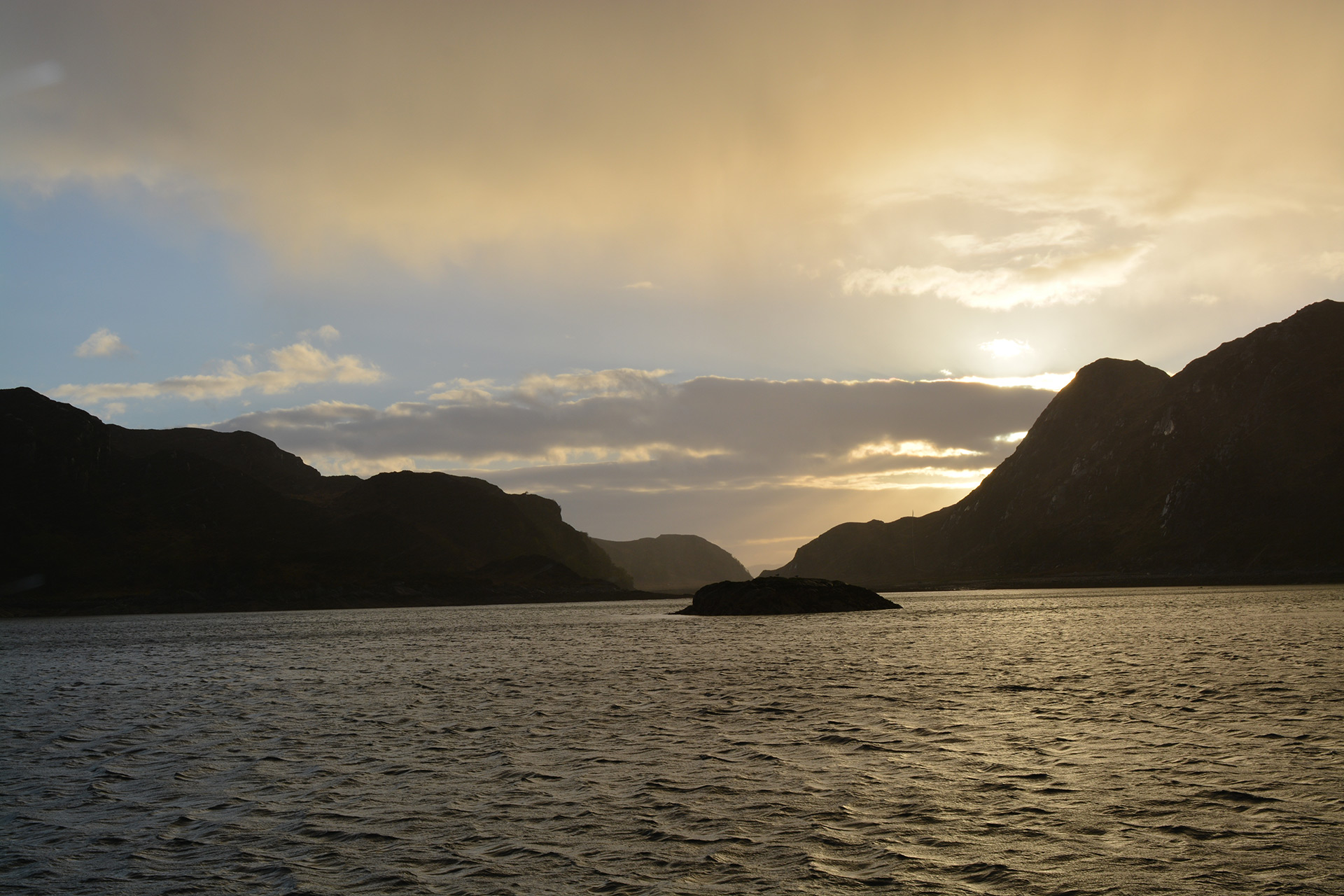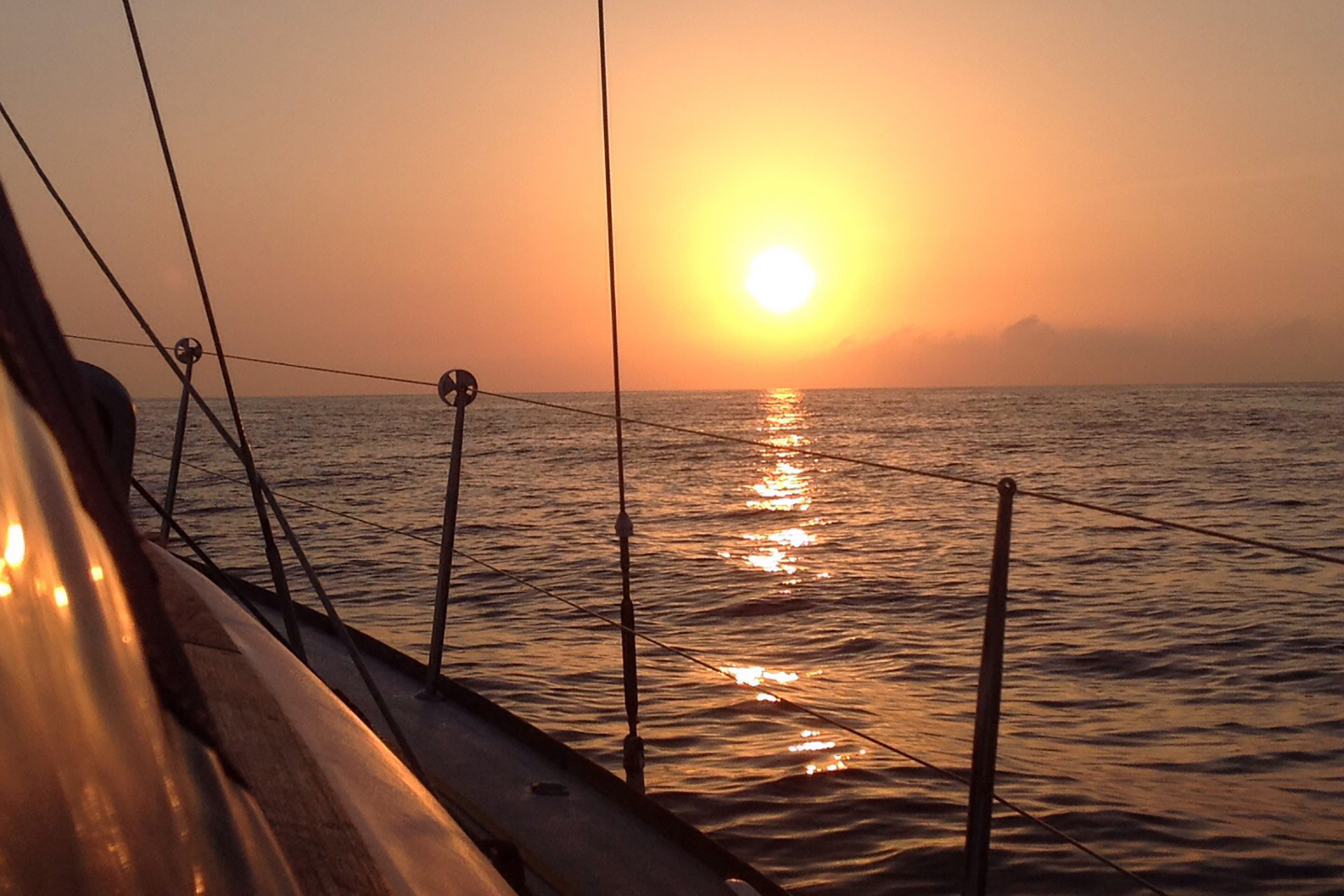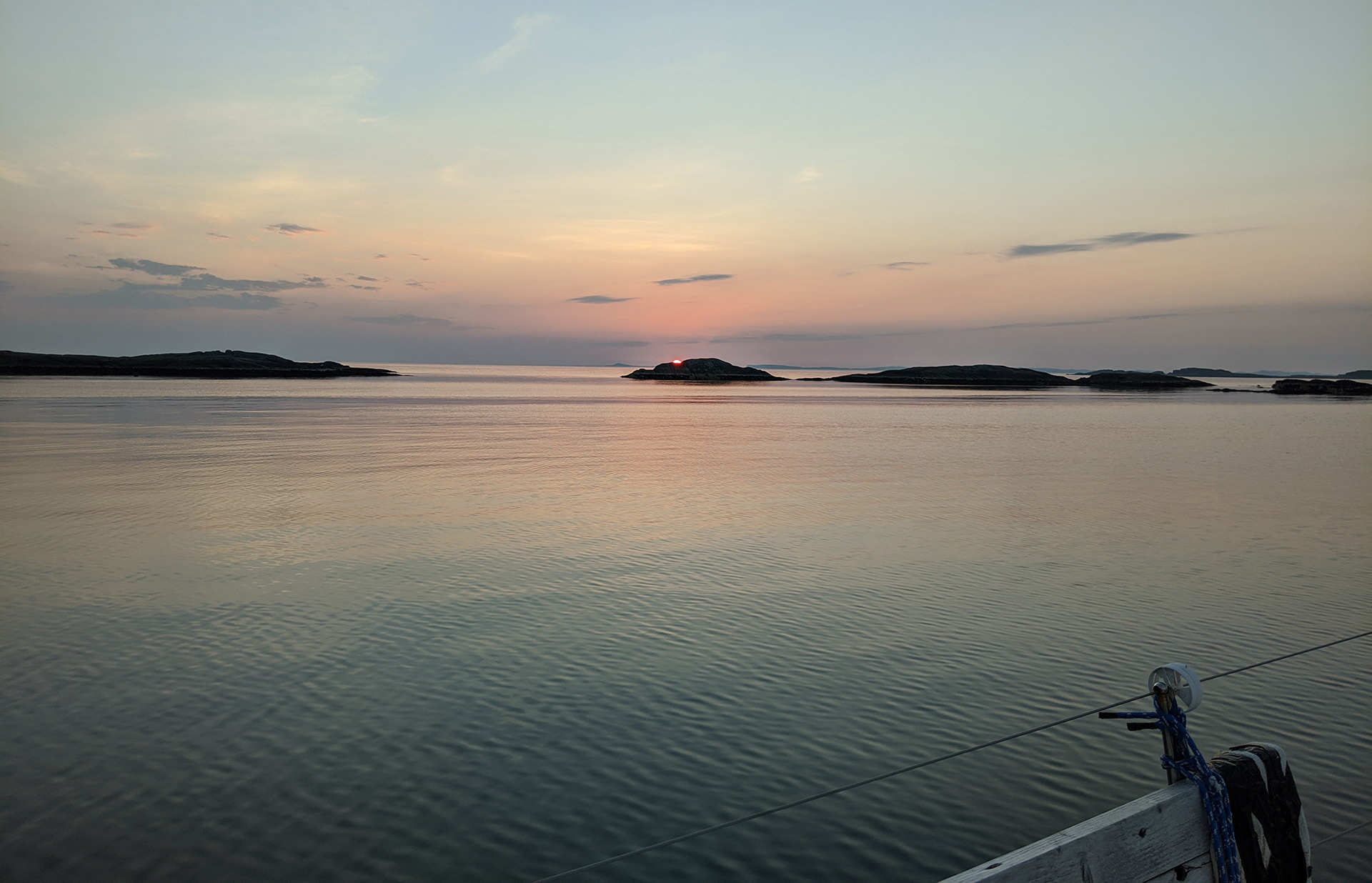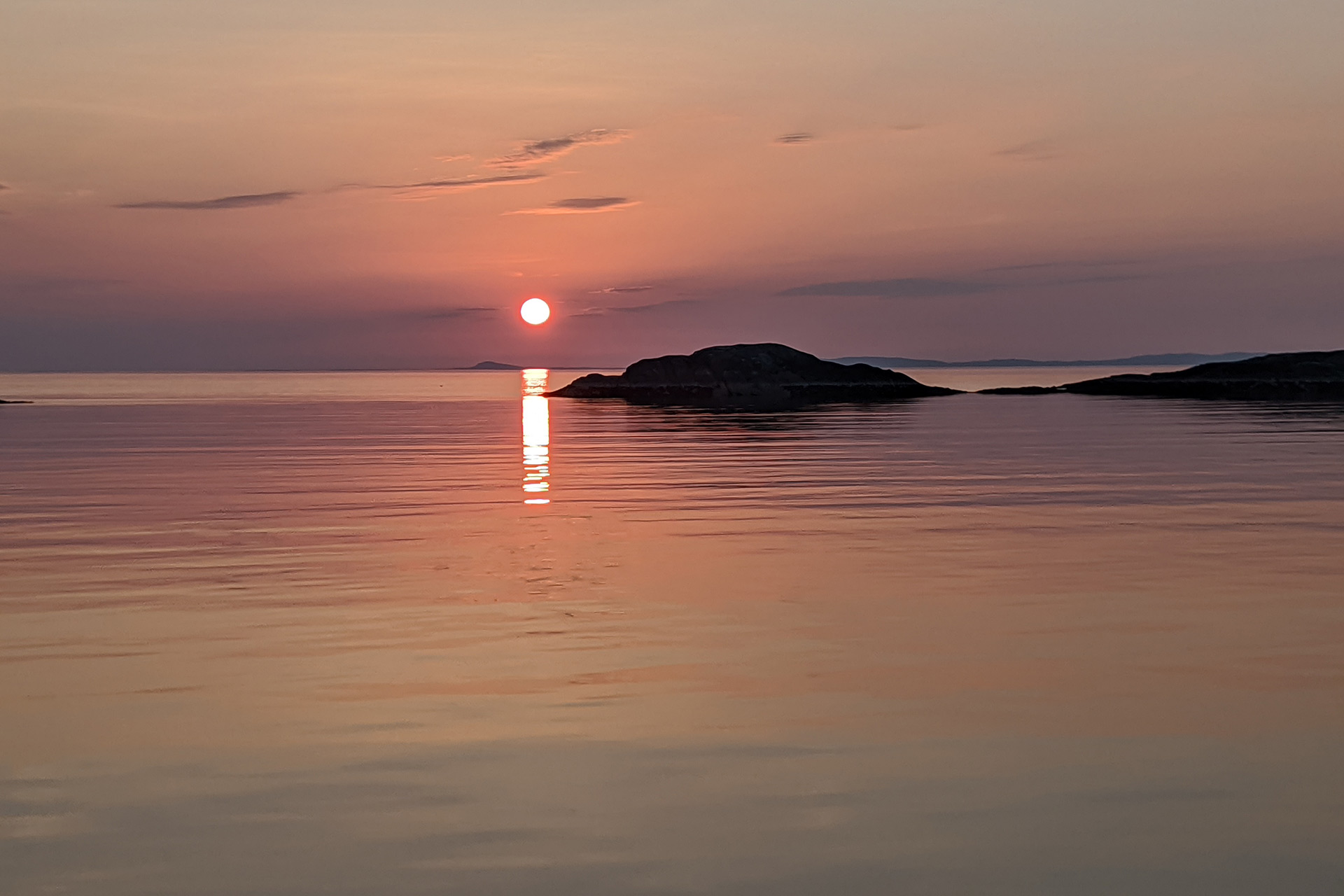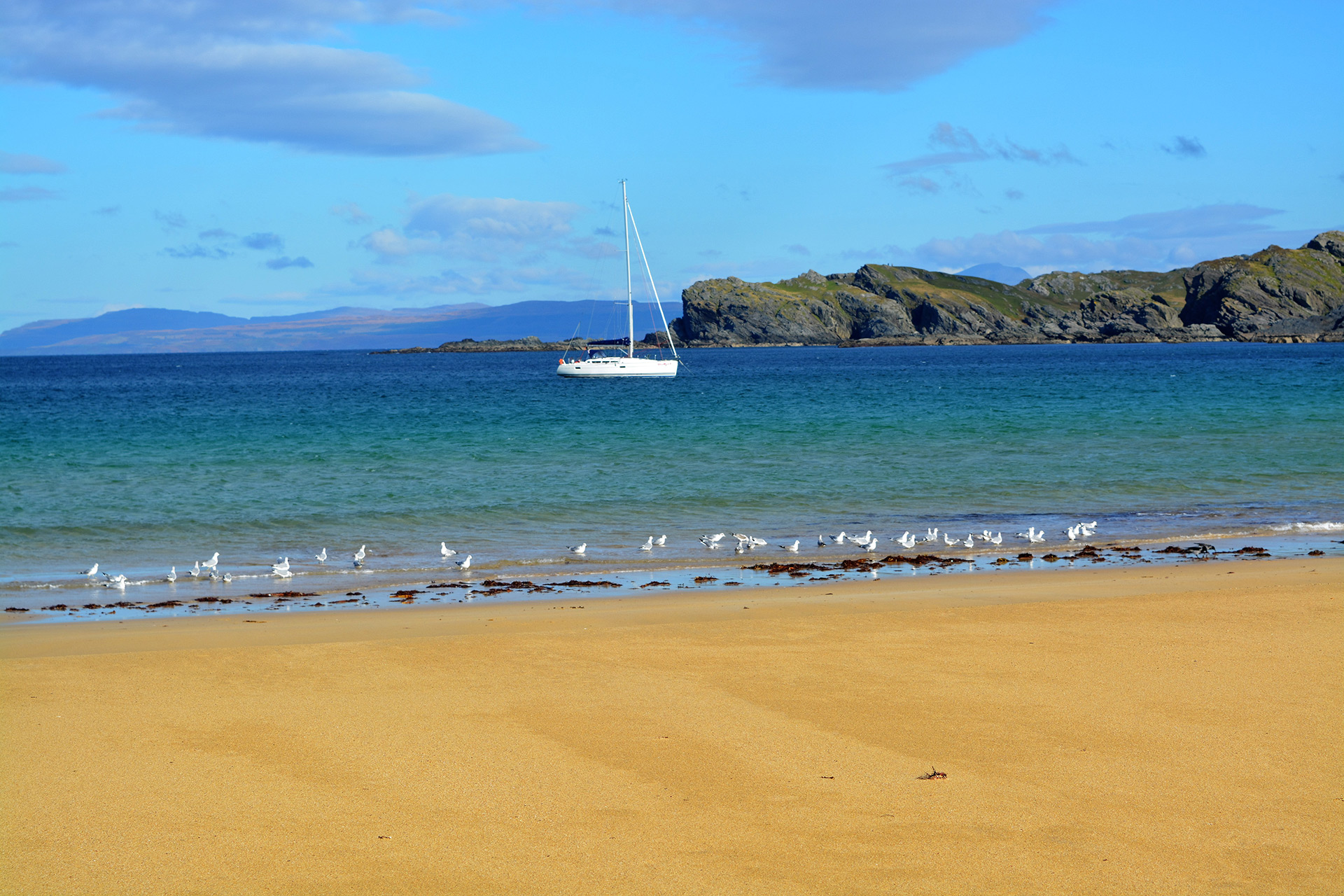Our Sailing Area
With more than 10,000 miles of stunning coastline, Scotland’s coast and western islands have something for everyone; with its long cultural history, variety of wildlife and unique landscapes shaped over millennia, there is much more to Scotland than whisky and tartan.
Scotland boasts 750 islands, spread like jewels along the coast of the western seaboard with remote islets, secluded sea lochs and sheltered coves, many of which are inaccessible by land.
Whether you want to island-hop, slow down and immerse in nature, wildlife watch, or be more active on our wild swimming or hill walking trips, our sailing holidays on the west coast of Scotland will ensure experiences and memories that last a lifetime.
From early summer to the start of autumn, the Western Isles enjoy long daylight hours, located in northern latitudes but warmed by the North Atlantic current, the waters are warmer than the latitudinal equivalent and make for ideal sailing conditions. Our predominant weather comes from the south west and given the geography of the area there are countless sheltered bays and long winding sealochs to give perfect anchorages.
Browse our sailing areas below to find out more.
To see awe-inspiring photos, visit our image gallery.
-
Southern Inner Hebrides
The southern islands of the Inner Hebrides - Islay, Jura, Gigha, Oronsay, Colonsay, Scarba, Garvellachs, Treshnish, Coll and Tiree, and the Isle of Mull - lie west and north of the Mull of Kintyre.
From low-lying Iona with its white sandy beaches and historic abbey to the black rock columns of Staffa, the clouded peaks of Jura and the sweetness of Islay’s machair, we take our time on the Sea of Hebrides which surrounds these magical and inviting islands.
Once anchored, there is plenty of time to explore ashore ancient ruins or castles, climb a high point, swim off the boat or explore remote white sandy beaches.
Variety is key here with each island having its own character and charm. A week can easily be filled exploring this beautiful area of contrasts from wild mist covered mountains, sheltered anchorages to rushing tidal races, archaeological sites to modern distilleries.
Isle of Gigha
The southern community-owned and low lying island of Gigha is fertile and gentle with a sub-tropical garden in the south and twin beaches in the north. Islay, the most populous of this group, is famous not only for its many whisky distilleries, some with their own anchorages but also large wetland areas hosting migrating birds, ancient Celtic crosses, welcoming folks and delightful machair.
Isle of Jura
Jura and its northerly neighbour, Scarba, are wild and mountainous with many more deer than people. With only one road on Jura in the south and a rough trail in the north, the feeling of remoteness is apparent here, island legends and myths are not hard to believe when the mist rolls in form the sea and the rutting stags’ roar is carried across the bays.
The Garvellachs
The Garvellachs, a small group of rocky islands which were also the site of early Christian settlement, including a rare “beehive” cell.
The area is characterised by strong tides, notably in the Sounds of Jura and Islay. The narrow Gulf of Corryvreckan, between Jura and Scarba is particularly notorious, with the fast-flowing tide (up to eight or nine knots) creating whirlpools, one of only seven major whirlpools in the world and standing waves at peak times.
Isle of Colonsay & Oronsay
Oronsay and Colonsay are only separate islands at high tide. Oronsay has ruins of an early Christian Priory, pristine beaches with colonies of seals that lie off the main bay and also plays host to many migrating birds, including the shy Corncrake.
Isle of Coll & Isle of Tiree
Coll and Tiree although close together by distance are far apart in character. Tiree is low lying, nearly always with a breeze blowing which they say keeps the rain moving over and never landing! Long strands of sandy beaches and an inland loch enjoyed by wind surfers is a pleasure to visit. Coll with its pretty harbour and rocky bounds is wilder by contrast, beaches with large sand dunes and Breacachadh Castle.
For the sailor, there is every opportunity to improve skills in tidal planning, passage making and complex pilotage round this sailing area.
-
Mull, Ardnamurchan & Morvern
The large island of Mull is famous for its white-tailed eagles and pretty harbour town Tobermory. We can explore locally into the beautiful and sheltered Loch Sunart, with views towards Ben Nevis, or head south down the Sound of Mull to Loch Linnhe, the Firth of Lorne and the island of Lismore. The sailing is sheltered with quiet anchorages and wonderful views.
Mull boasts mountain peaks, wide beaches, sea cliffs and capital Tobermory, known for its brightly painted houses, quaint charm and hospitality. The harbour is sheltered, with pontoons and good shore facilities.
To the west of Mull and sheltered by the Isles of Coll and Tiree with their sandy beaches, we can visit the Treshnish Isles, a sea bird nesting ground with thousands of puffins and gannets, or Staffa and the basalt columns of Fingal’s Cave. A short sail away is Iona with its ancient abbey and fascinating early-Christian history. Basking sharks are sometimes sighted in this area and may even swim slowly by the boat as we sit at anchor.
Wherever we decide to sail, there will be opportunities to dinghy ashore and walk the paths with mountain views, wildflowers and birdlife - or you may decide to stay on board and simply enjoy the peace and quiet.
In Movern, Ardamurchan and Loch Sunart we are spoilt for choice exploring beautiful anchorages with a true feeling of remoteness. Whilst still on the mainland they are not easily reached other than by boat and are often forgotten by visiting yachts.
Passing through the dramatic steep cliff-lined entrance to the safe haven that is Loch Na Droma Buidhe never fails to fill the boat with excitement.
Another anchorage around Isle Oransay gives us access to the Isle of Carna, an island and project close to our hearts learn more about Carna Conservation Initiative.
On the other side of the Sound of Mull, we bay anchor at the sheltered sea loch at Lochaline. With Ardtornish Castle at its head and the little village at its entrance, this secluded spot is the perfect example of the secluded spots we visit in the West Highland Peninsulas.
Coming closer to Home we never tire of visiting a remarkably sheltered anchorage in Loch A’Choire, now boasting a wonderful restaurant in the converted boat-house.
-
Small Isles, Skye, The Minch and the Western Mainland
North of Mull we round Ardnamurchan Point, the most westerly point of the British mainland, and head out into the “Small Isles” of Muck, Eigg, Rum and Canna.
We may visit the eccentric Kinloch Castle on Rum or cross to Skye and the magnificent Loch Scavaig, tucked beneath the Cuillin Hills which rise a thousand metres straight up from our anchorage. There is a large seal population here and we are also likely to spot otters, dolphins and porpoises. The short walk into Loch Coruisk is well worth the effort and we are rewarded with stunning Tolkeinesque mountain scenery and maybe sightings of golden eagles and red deer.
A circumnavigation of Skye could include the puffins and seals of the Shiants and possibly the Summer Isles near Ullapool. We might stop at the picturesque town of Portree on Skye before tackling the tidal race at Kyle Rhea between Skye and the mainland.
The Shiants (pronounced “shants”) are a group of three small islands situated to the east of Lewis and north of Skye. Uninhabited and only accessible from the sea these islands are home to large colonies of seabirds and are gloriously isolated and rugged. The tides in this area of the Minch are particularly strong and attract large groups of feeding dolphins and whales.
Sailing the Minch is an iconic voyage often rewarded by sightings of whale, dolphin, diving gannets and the surrounding amphitheatre of mountain ridgelines makes for an awe-inspiring journey.
Between north west Skye and the mainland lie the islands of Raasay and Rona, with quiet anchorages and charming walks giving stunning views over the Inner Sound to the mainland mountains of Torridon. Raasay has an outdoor activity centre and is the location for the book Calum’s Road. Rona is managed as a deer estate with pretty holiday lodges and a remarkable church situated in a cliff top cave. The anchorage at Acarsaid Mhòr is one of the most beautiful on the west coast.
Further south on the mainland is the Knoydart Peninsula, an area accessible only by boat or by a long walk in. Here it is possible to put climbers and walkers ashore in Loch Hourn and pick them up in Loch Nevis allowing a fine day enjoying the “Rough Bounds”.
-
Outer Hebrides and St Kilda
The Outer Hebrides stretch from the lighthouses of Barra Head on Berneray in the south to the Butt of Lewis in the north. The string of islands in between includes iconic destinations such as Mingulay, Vatersay, Barra, Eriskay, Uist, Harris and Lewis. Each island has its own characteristic geography, but they all have a true “edge of the world” feel as they provide a barrier against the ravages of the Atlantic.
To the west of the Outer Hebrides are the hard to reach and little-visited islands of St Kilda, Heisker and the Flannans. Lying closer to Harris, Taransay and Scarp provide sheltered anchorages and opportunities to explore. The view of Harris from the top of Taransay is a favourite.
Some of our highlights include:
- The white beaches of the Hebridean west coast are long, white and unspoilt. The mountains of Harris provide a stunning backdrop to the white beaches of Luskentyre. Harris Tweed, black faced sheep, herds of red deer and sea eagles are just some of the charms of this special island.
- Further south, the anchorage of Loch Eport on North Uist has given us beautiful and long sunsets. Wizard Pool on South Uist had golden eagles circling the mast.
- At the southern tip of the archipelago, Mingulay is memorable for both the dramatic bird cliffs on the west and the beautiful beach on the east, backed by the ruins of the village abandoned a hundred years ago and now home to puffins, arctic terns, a large seal colony and the occasional basking shark or Minke whale.
St Kilda
St. Kilda is a group of four small islands, the largest of which is Hirta, a sixty-mile sea passage west of the Outer Hebrides. The islands and the surrounding marine area are now a World Heritage site and have a fascinating history.
In 1930 the islanders were evacuated at their own request. Until then they had scratched a living over the centuries by snaring birds from amongst the huge population of fulmars, puffins and gannets which nest on the towering cliffs and stacs of the islands. The abandoned village is still there and offers a poignant insight into the lives of the islanders. It is being restored by the National Trust for Scotland and Scottish National Heritage.
This is Europe’s most important seabird colony and is not easy to reach other than in your own yacht and even then, only when sea conditions allow. This cruise appeals to sailors with some experience and those with a taste for adventure.
Find more information about St Kilda here.
-
Distilleries & Whisky Regions
Scotland is the largest exporter of whisky in the world therefore it is fair to say whisky is important to us. Luckily many of the distilleries are in coastal locations and we are able to visit on board Stravaigin. Even if you do not drink whisky a visit to a distillery is informative and many have cosy cafes and gift shops.
The following coastal distilleries have been included in past itineraries, Springbank, Glen Scotia, Kilkerran, Laphroaig, Lagavulin, Ardbeg, Caol Ila, Bunnahabhain, Bowmore, Bruichladdich, Jura, Oban, Tobermory, Ardnamurchan, Talisker and Isle of Harris. New distilleries are still being opened, so the list is not finished!
The new market for Scottish botanical gin and even rum, provide an alternative interest and with many using coastal seaweeds and foraged plants to infuse their spirits, distillers and staff are delighted to welcome you and share their stories.
Visits can be arranged during some of the scheduled trips or our whisky cruise so you could tick off a few in one trip.
Wildlife in our Sailing Area
Our entire sailing area is a wildlife paradise. The west coast of Scotland, the coastal waters and islands are known for being wild, undiscovered and bustling with wildlife.
From our decks at sea, we have seen dolphins, porpoises, seals, basking sharks, whales and orca. While lazing at anchor we have watched otters hunt, golden eagles soar, sea eagles swoop down to catch fish as well as the ubiquitous guillemots crooning to their chicks and puffins bob under the waves.
The standing vigils of shags and cormorants line the rocky skerries and colourful oyster catchers, dunlin, curlew and turnstones pick the shoreline. The drama of the diving gannet and the skuas harassing fulmar, kittiwakes and gulls for their catch never fail to draw breath.
Sightings are unpredictable but exciting when they happen.
A highlight for wildlife enthusiasts is a visit to a puffin colony, where you will be welcomed amongst their burrows or sightings of land-based birds of prey such as buzzards, kestrels, sparrowhawks and peregrines on the beautiful Scottish coastline.
Hebridean sailing trips can also offer unforgettable encounters with common, bottlenose, whitebeak and risso dolphins. There are healthy populations of whales in this part of the world, including the resident pod of orca, that you may be lucky enough to see gliding elegantly through the waters. When sailing we are harnessing the force of nature and feel more at one with the marine inhabitants in this beautiful area.
We love to tell our guests more about the environment we cruise in and hope you’ll leave us better informed about the area we see the people and wildlife that make these special places their home.
We are fortunate that the marine environment we sail in has world-class biodiversity and cultural heritage. You’ll find countless designated habitats, like Marine Protected Areas, National Scenic Areas, Special Areas of Conservation and even a double UNESCO World Heritage Site (St Kilda). Some of our sailing area is part of the Argyll Hope Spot, an area recognised for its marine biodiversity and global importance.
